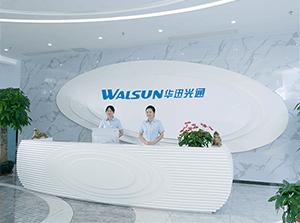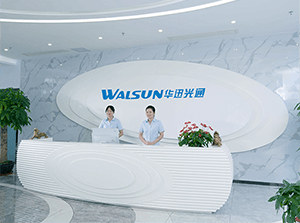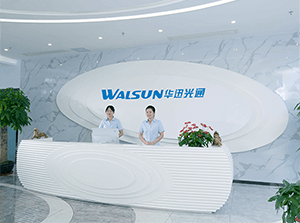PRODUCTS

- The main difference between QSFP56 and QSFP+ is the data transfer rate and the number of channels.QSFP56, also known as QSFP56-DD, supports data transfer rates of 200 Gbps per channel, allowing for a total data transfer rate of 400 Gbps when using double density (DD) cables and connectors. It has eight high-speed PAM4 lanes, each operating at 50 Gbps, resulting in a total of 400 Gbps.QSFP+ support922

- ONT (Optical Network Terminal) is a device that is used in fiber optic networks to convert the optical signal into a form that can be used by the customer's devices, such as a phone, computer, or TV. It is typically installed in the customer's premises.Ethernet, on the other hand, is a commonly used networking technology that allows devices to communicate with each other over a local area656

- Fiber to the Home (FTTH) has begun to receive attention from telecom companies around the world, and the technology has evolved rapidly. Active Optical Networks (AONs) and Passive Optical Networks (PONs) are the two main systems that make up FTTH broadband connectivity, and PONs, which can provide cost-effective solutions, are more prevalent in most FTTH deployments.In this article, we will introd1603

- No, a QSFP28 module is designed to run at higher speeds, typically up to 100G or 200G. It is not designed to run at 10G. If you need a module to run at 10G, you would need to use a different form factor, such as a SFP+ or XFP module.1、SFPSFP can be understood as an upgraded version of GBIC, which is only 1/2 the size of a GBIC module, greatly increasing the port density of network equipment. In ad510

- QSFP28 and 100G QSFP are both types of high-speed, multi-lane transceivers used in networking equipment for communication over optical fiber. The main difference between the two lies in their data transfer rates and application.QSFP28 is a module that supports data rates of up to 28 gigabits per second (Gbps) per lane, making it suitable for 100GbE (Gigabit Ethernet) and 32G Fibre Channel applicat579


 CHS
CHS Walsun Mall
Walsun Mall










